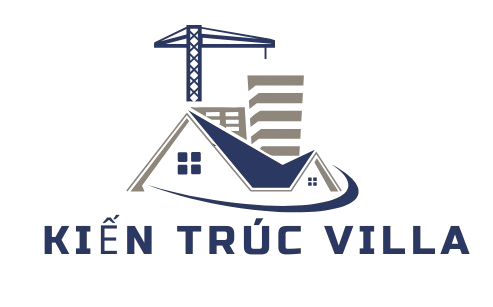In today’s housing industry, photo quality is essential for attracting buyers.
That’s the magic of virtual staging tools.
Forget the backbreaking setup — just upload your photo and furnish away.
What Is Virtual Staging Software?
Photo-realistic home furnishing is the art of CGI to furnish photos of bare properties.|It’s a way to show buyers picture themselves in a home without moving a single object.}
Basic steps include:
- Send in your shot
- Pick a style
- Add furniture digitally
- Export and publish
Tools including RoOomy offer self-service tools with realistic textures. Some provide full-service editors, while others let you customize each corner.
Why It Works in 2024
If your listing doesn’t grab attention on Zillow, it won’t get a second chance.
Using virtual design can help your listing:
- Catch more clicks
- Spark buyer imagination
- Move quicker
- Avoid hauling furniture around
During price dips, properties with blank rooms don’t cut it. Staged ones? They get offers faster.
Features to Look For in Virtual Staging Tools
When choosing virtual staging software, consider:
- Style options: Modern, rustic, or chic — more choices mean better results.
- Photo realism: No one wants cartoonish furniture.
- User-friendly controls: You shouldn’t need a PhD in Photoshop.
- Cost structure: Look for monthly plans that fit your needs.
- Customization tools: Some tools even allow wall color changes.
Who Uses Virtual Staging?
House flippers use it for:
- Zillow-ready photos
- Teasers for social media
- Short-term rental marketing
- Pre-construction ads
Pros and Cons
✅ Pros:
- Cost-effective
- 24-hour delivery possible
- High visual impact
- No moving hassles
❌ Cons:
- Only exists in photos
- Could confuse buyers if unclear
- Unrealistic designs risk backfiring
Disclosure Rules & MLS Guidelines
Transparency is mandatory. MLS boards and associations often require:
- Watermarks like “Virtually Staged”
- Text disclosure in photo captions
- Clear communication with buyers that furniture is not included
Full disclosure protects you legally and ethically.
Future of Virtual Staging
The tech is evolving fast. Expect:
- Auto-design based on image detection
- 360° virtual rooms
- View staging through your phone
What used to take a designer hours is now minutes with machine learning.
Top 5 Virtual Staging Software Picks
| Software Best For Price | ||
| BoxBrownie | Photo realism | $24/image |
| VisualStager | DIY, drag-and-drop | $15/photo |
| ApplyDesign | Quick auto-staging | $7–$29/photo |
| RoOomy | VR/AR staging | Contact sales |
| Stuccco | Custom pro staging | $29+/image |
Pro Tips for Realistic Results
- Shoot photos in daylight
- Use straight angles
- Don’t overcrowd the room
- Create warmth
- Don’t mix styles wildly
Closing Thoughts
Homes sell faster when they look like homes, not storage units.
It’s affordable, scalable, and crazy effective.
Modern buyers want visuals — so give them something beautiful.
Source: Hashnode.Dev (greatest Virtual Staging Software)
Many firms have adopted AI with great success.
{For instance, a leading real estate agency in Tokyo used AI-powered chatbots to handle hundreds of inquiries daily, resulting in a 20% increase in conversions.
Another success story is from a mid-sized agency that utilized data-driven insights to adjust pricing strategies.
These examples demonstrate that when properly implemented, AI not only boosts performance but also creates a competitive edge.
## Looking Ahead: AI and Property Sales
As technology continues to evolve, so will the role of AI in real estate.
We can expect to see even more sophisticated algorithms that will bring even more precision and efficiency to real estate transactions.
One emerging trend is combining AI with VR/AR, which transforms the viewing experience into an immersive journey.
Another trend is the increased adoption of blockchain for secure, transparent transactions, combining data integrity with intelligent analytics.
The real estate industry is on the brink of a major transformation.
For agents and sellers, embracing AI now is essential for future success.
## Final Thoughts on AI in Real Estate
Artificial intelligence is redefining the real estate selling industry — it is reshaping it from the ground up.
Agents, sellers, and investors adopting these cutting-edge tools stand to benefit enormously.
While challenges such as data privacy, implementation costs, and the need for training remain, the benefits of AI far outweigh these hurdles.
Ultimately, AI is the key that will shape the next generation of real estate transactions.
The message is clear: adapt or get left behind.
Looking ahead, the fusion of AI with real estate is unavoidable to transform the industry for the better.
If you’re in real estate, consider this your prompt to leverage AI and drive your success.
{In conclusion, AI software is a fundamental shift — it is the core of the future of real estate selling. Adapting to AI today will ensure you stay ahead of the curve tomorrow.
The revolution is here — and it’s powered by AI.
